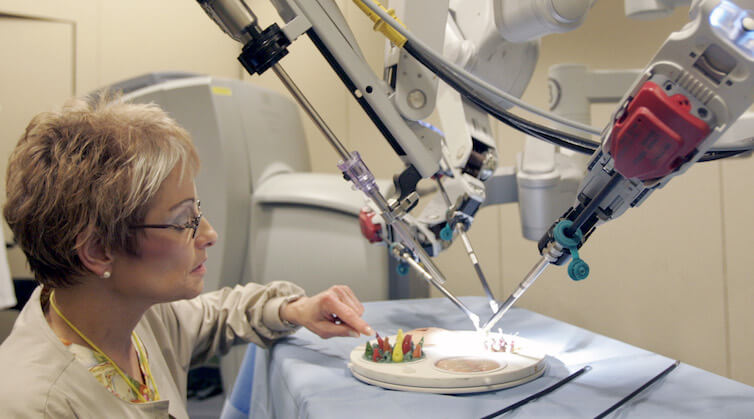New data on the changing U.S. occupational structure

During the post-industrial period, there have been rapid changes in the composition and substance of U.S. jobs. Technological change, globalization, and other factors have changed the nature of work over the course of the past century such that standard occupational distinctions may no longer be telling us what they used to about pay, job quality, or skills requirements.
In economics, industry and occupation are the standard way to characterize jobs. The U.S. Census Bureau’s classification of occupations in 2000 is vastly different from the occupational categories and qualities of the 1960s. In the 1960s, the jobs in each category were fundamentally similar along many dimensions, including skill level, contributing to more consistent wages within occupations and industries. However, these classifications no longer seem to be useful in the same way for organizing the nature of work.
A recent paper by economists Enghin Atalay, Phai Phongthiengtham, Sebastian Sotelo, and Daniel Tannenbaum shows that as occupational tasks have evolved since the 1960s, particularly from routine to nonroutine tasks, most of these shifts have occurred within, rather than across, occupations.
For example, in the early 20th century, nursing was an occupation that required little to no training; nurses learned hospital etiquette and basic health care skills. Today, however, nursing requires medical training, and nurses have a whole new set of patient-care responsibilities. Changes in the ways patient records are maintained and medications are tracked and ordered, as well as changes in equipment used in nursing, have transformed the profession.
The authors’ work builds on the labor market polarization hypothesis, which argues that technological change reduced demand for routine tasks, which led to a reduction in wages for low- and middle-wage workers in the latter part of the 20th century. They have constructed a database of occupational characteristics such as skills requirements, technology use, and work activities from text analyses of job ads published between 1940 and 2000 in the Boston Globe, the New York Times, and the Wall Street Journal.
Changes both between and within occupations can help explain wage polarization. As this paper suggests, the post-industrial economy brought greater variation within occupations that contributed to a widening of the wage distribution among American workers, driving up earnings inequality. As a result, occupational classifications focused on differences across occupations explain less of the widening pay gap. If that’s the case, then researchers may want to find other meaningful categorizations that could help us distinguish between high- and low-quality jobs. (Some researchers have pointed to increases in the use of performance pay, occupational segregation, and discrimination as other factors that may be contributing more to pay inequality across groups.)
The federal government plays an important role in the collection of data on labor market composition, including occupations. The Bureau of Labor Statistics began conducting the Occupational Requirements Survey, or ORS, in 2015 to fill a gap in understanding of historical rates of change in job requirements and metrics that might be used to track changes in job characteristics over time. Although researchers generally agree that changes in occupational skills requirements are gradually accelerating, statistical averages sometimes mask important movements among low- and high-skilled jobs. The ORS will help get beyond those averages to help researchers better explore the changes in different parts of the occupational distribution.
